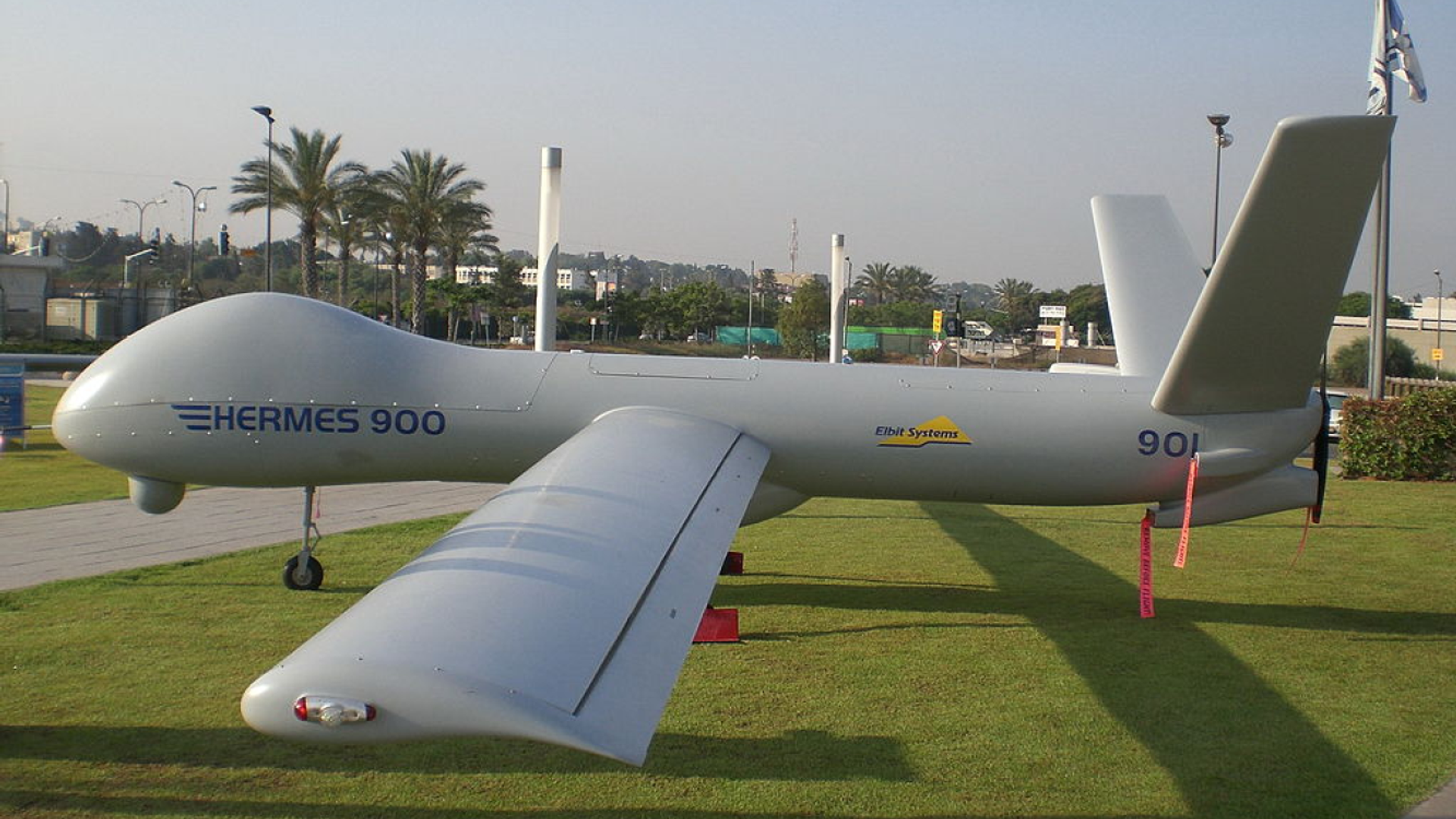Israel Enacts 'World First' by Certifying Drones to Fly in Civilian Airspace
Subscribe
Unmanned aerial systems (UAS) have long been barred from operating where civilian aircraft fly due to safety fears, but in several countries, including Israel and the United States, regulators have tried for years to change the rules.
On Wednesday, Israeli drone maker Elbit Systems announced that the Civil Aviation Authority of the State of Israel (CAAI) had certified the company’s Hermes Kochav drone to fly where “any other civilian airplane” does.
According to the Times of Israel, the decision is intended to aid Elbit’s sale to Switzerland, which encountered delays after a drone crashed during a test flight. The Kochav is sold abroad as the StarLiner UAS.
“The receipt of the Type Certificate from the CAAI completes the compliance of Elbit Systems’ Hermes Starliner UAS with the NATO standardization for approving UAS for integration in civilian unsegregated airspace,” Elbit said in a news release.
“CAAI has supervised the design and manufacturing of the Hermes Starliner UAS and led a rigorous six-year certification process that included extensive ground and flight tests. The tests were conducted in compliance with air navigation rules, airworthiness basis and aviation standards regulated by the International Civil Aviation Organization (ICAO),” the company added.
Elsewhere, drones are typically not allowed to fly where civilian aircraft do. Those owned by civilians are restricted to low altitudes - below 400 feet in the United States, according to Federal Aviation Administration (FAA) rules - or to so-called unregulated space, where air traffic controllers are not directing civilian aircraft to fly. Military drones are generally restricted to warzones.
However, the US Department of Homeland Security (DHS) has had special permission since 2010 to fly Predator drones over remote parts of the US-Mexico border. More recently, DHS has conducted tests of the SkyGuardian drone, which is a disarmed version of General Atomics’ Reaper, in an attempt to win approval by the FAA to fly the drone in US civilian airspace.
Defense One reported in 2017 that General Atomics and Sikorsky, a drone maker owned by Lockheed Martin, hoped to win FAA approval by 2025.
Like the Predator and SkyGuardian, the Starliner drone is intended for surveillance.
“The approval granted to a UAS to fly above populated areas and in any civilian airspace enables governments, as well as international and commercial organizations, to incorporate large, long-endurance unmanned aircraft in missions that until now were only performed by manned aircraft,” Elbit’s statement added. “The Hermes Starliner UAS will be able to participate in border security and anti-terror operations; take part in securing mass public events; perform maritime search and rescue; perform commercial aviation and environmental inspection missions, as well as precision agriculture work.”
Israel commonly flies drones over Gaza and southern Lebanon for both surveillance and airstrike purposes, but the new regulations will allow the drones to fly across the rest of Israel and the West Bank, where Israel controls the airspace in spite of Palestinian National Authority governance on the ground. Tel Aviv-based daily paper Israel Hayom has argued that control over West Bank airspace is essential to Israeli security.




